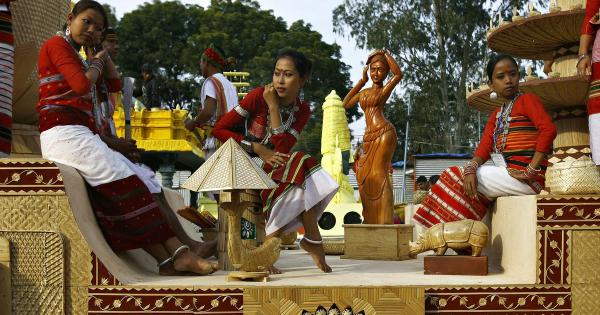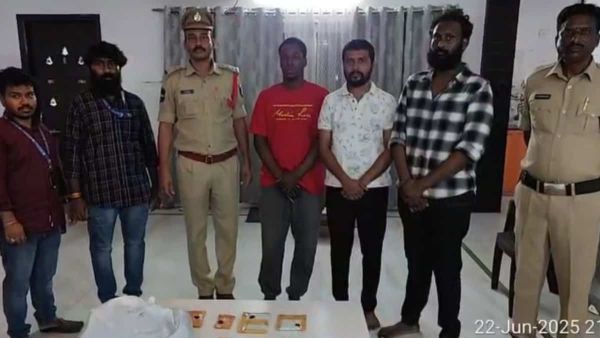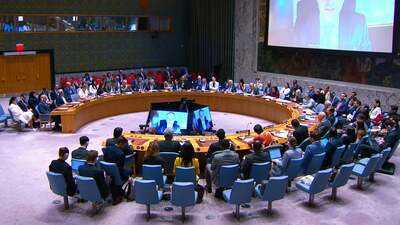

In June, North East India witnessed two related deaths: Raja Raghuvanshi from Indore was murdered in Meghalaya and Roshmita Hojai, a woman from Assam’s Dimasa tribe, drowned in Rishikesh in Uttarakhand. The North East link was common to both incidents but most media outlets in peninsular India had widely contrasting reactions.
Racist stereotypes emerged first. A national daily declared Meghalaya as a region of “crime-prone” hills with no mention of how many murders or other crimes had been committed in an area where tourism is central to the local economy.
One crime was all it took for mainstream and social media to condemn Meghalaya’s residents as “criminals”, without bothering to mention that the villagers around Sohra, where Raghuvanshi was murdered by the wife he had recently married and her accomplices, held a candlelight vigil to mourn the killing of a complete stranger.
On the other hand, newspapers devoted a two-inch column to Hojai, who was aspiring to be a civil servant, and added that two men accompanying her were detained for questioning. There was a complete absence of journalism on how the life of a young...
Read more
-
Viral: Prada launches Kolhapuri chappals, the price will shock you

-
Married in May, murdered in June: Andhra wife plotted husband’s murder

-
10-yr-old Dalit girl burned with hot ladle over theft suspicion in AP

-
Hyderabad police bust international drug racket, 3 held

-
LIVE Iran-Israel war: Iranian hardliners demand attacks on US bases in Middle East
